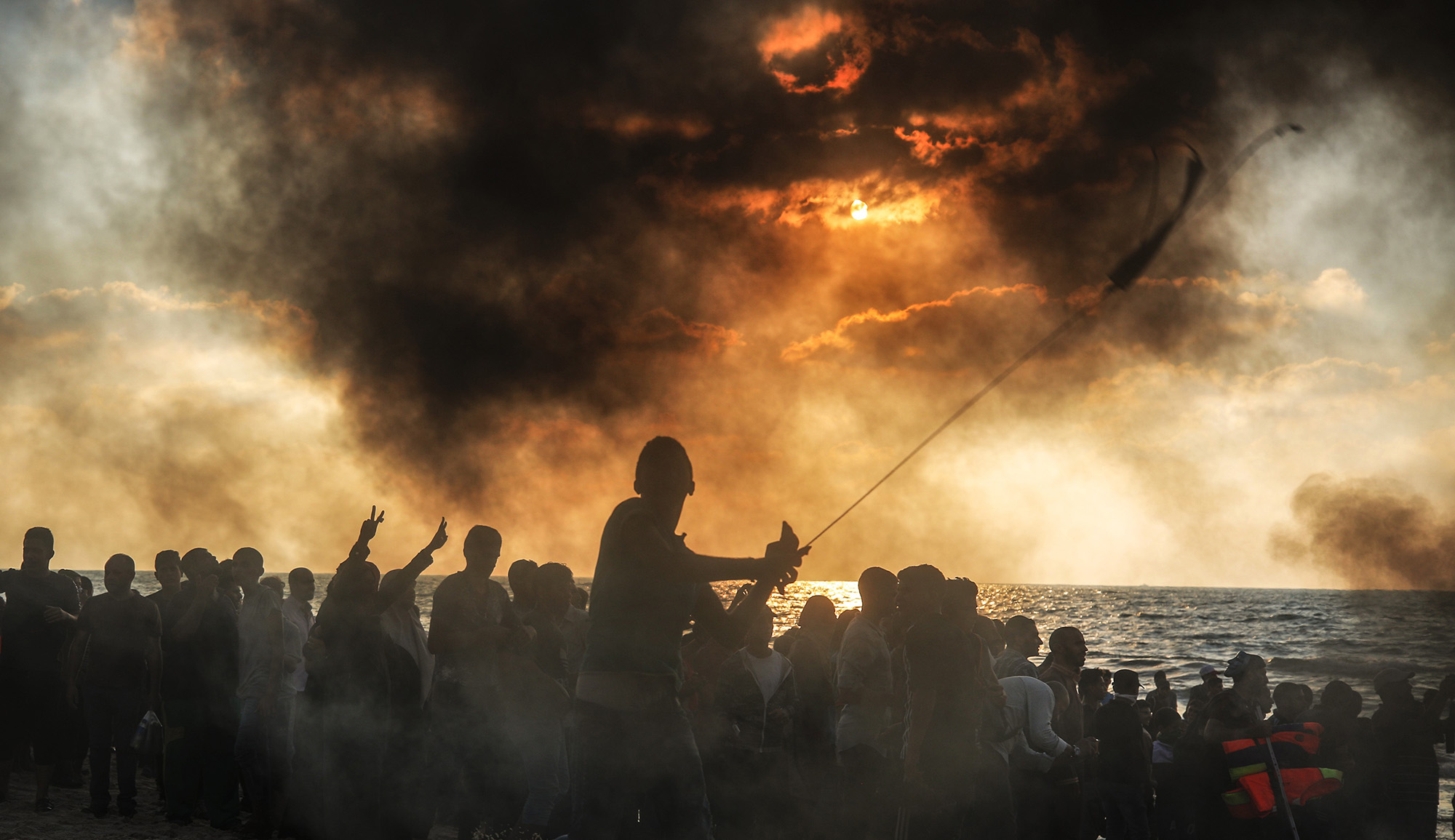After Hamas, the most important political (and terrorist) organization in the Gaza Strip is Palestinian Islamic Jihad (PIJ)—which, like Hizballah in Lebanon and various militias in Iraq, is an Iranian proxy. Khaled Abu Toameh explains the threat the group poses:
PIJ . . . is responsible for hundreds of terrorist attacks against Israel, including suicide bombings. In recent years, the group has also been launching rockets and mortars at Israel. Although it considers itself an independent group, PIJ often operates in coordination with Hamas. The two groups even have a joint-operations command to coordinate their attacks on Israel. Sometimes, they carry out joint attacks. . . .
Hamas does not tolerate competition from other armed groups in the Gaza Strip, but when it comes to PIJ and its military wing, the story is altogether different. When PIJ displays its power and weapons on the streets of Gaza, Hamas shuts up about it, [since] Hamas is aware that meddling with PIJ means getting into trouble with PIJ’s paymasters in Iran. Like PIJ, Hamas is dependent on Iran’s political, financial, and military backing. [Yet] Iran considers PIJ its main ally and puppet in the Gaza Strip. Through PIJ, Iran inserts its tentacles into the internal affairs of the Palestinians. . . .
Despite the apparent rapprochement [with Hamas after a rift over the Syrian civil war], Iran has strong reservations about trusting the organization. Its skepticism appears based on Iran’s fear that Hamas is ready to reach a reconciliation agreement with Fatah and a truce accord with Israel. Such an alliance, in the eyes of Iran, would constitute a betrayal on the part of Hamas. Any agreement with Fatah would mean that Hamas is prepared to join forces with Abbas and, even worse, engage in future peace talks with Israel. . . .
Even if Hamas were to be removed from power, the Palestinians would continue to suffer under other radical groups such as the PIJ. Second, even if Hamas were to wake up tomorrow morning and have an about-face, striking a genuine truce with Israel, there will always be other terrorist groups that are prepared to breach the agreement any time they wish. . . . These are crucial factors that need to be taken into account by any international party that seeks a solution to the catastrophe called Gaza.
More about: Gaza Strip, Hamas, Iran, Islamic Jihad, Israel & Zionism


